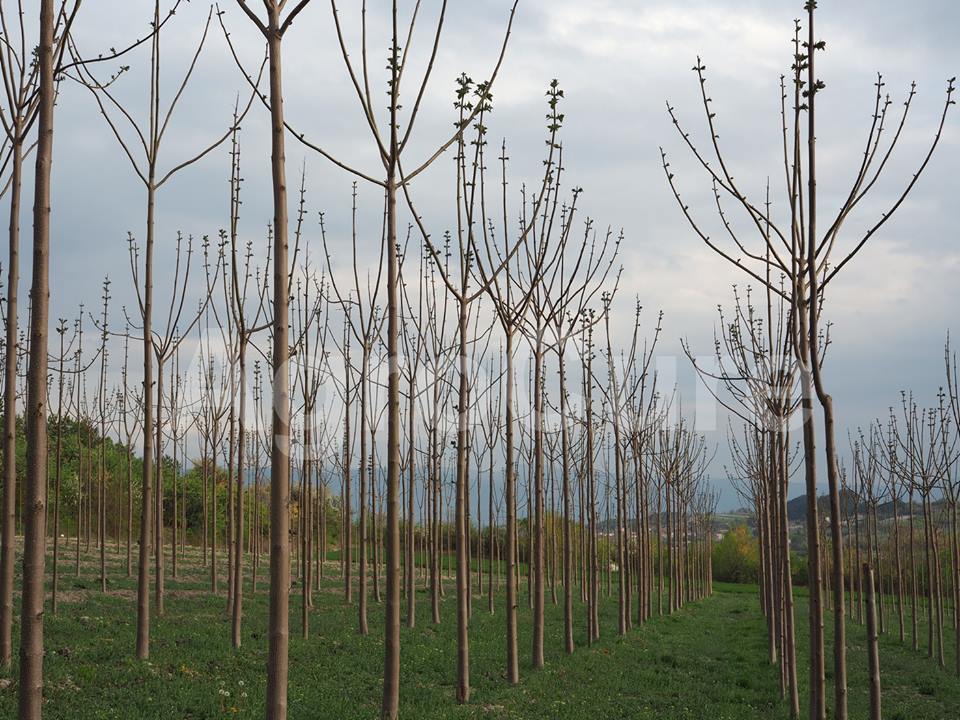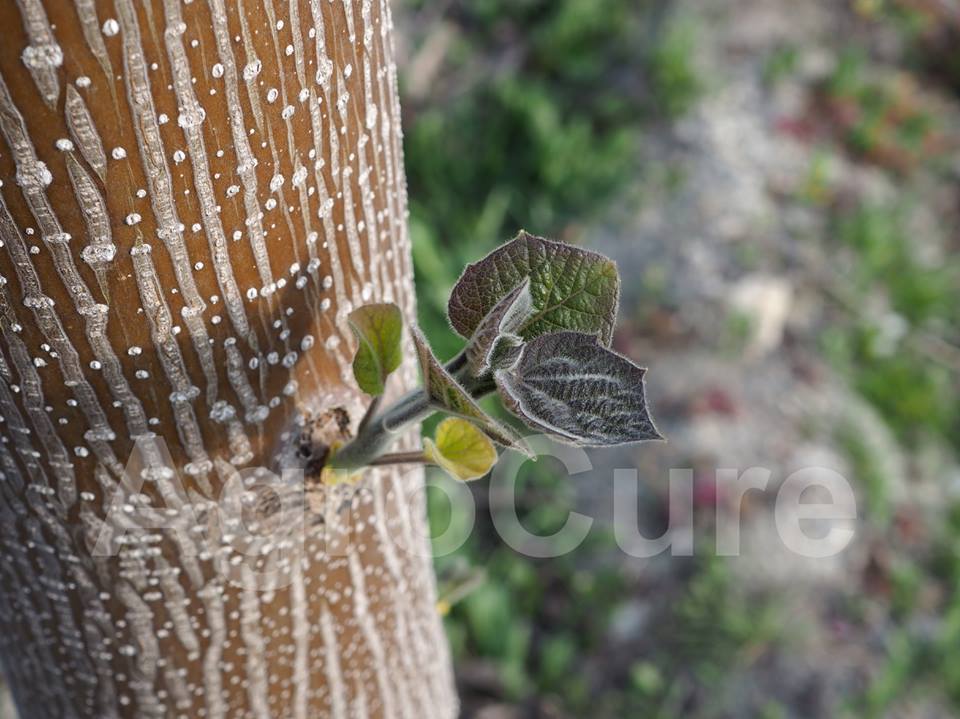Visit to a Paulownia field in Kozani, N. Greece

Visit to a Paulownia field in Kozani, N. Greece
Paulownia (Paulownia spp.) is a tree of the Paulowniaceae family, originating in China and neighboring countries. About 17 species, with slightly different characteristics, are known with this name. However, they are all deciduous, fast-growing and tall trees reaching a height of 20 meters while during their first year, in favorable environmental conditions, they can reach a height of 4-5 meters.

In winter, Paulownia can withstand temperatures as low as -20 °C. It may thrive at high altitudes (up to 2000 meters) but it is advisable to plant it up to 1000 meters. Although it is not particularly demanding in terms of soil type, it prefers soil with good drainage and a pH from 6 to 7.
Paulownias are used for ornamental purposes in parks or gardens for their beautiful flowers, great height, huge leaves, good shading and special crown that stands out from that of other trees. The roots of Paulownias grow very deep in the soil, up to 15-18 meters, and therefore have the ability to hold it in slopes which are prone to erosion, while at the same time they have the ability to «clean» the soil from heavy metals.
Some types of Paulownia are suitable for wood production with special and high-quality characteristics for specific applications while other species are suitable for biomass production for combustion (firewood or pellets). After tree felling or even after fire the trees can be regenerated by the existing root system which remains alive and develops new vegetation.
